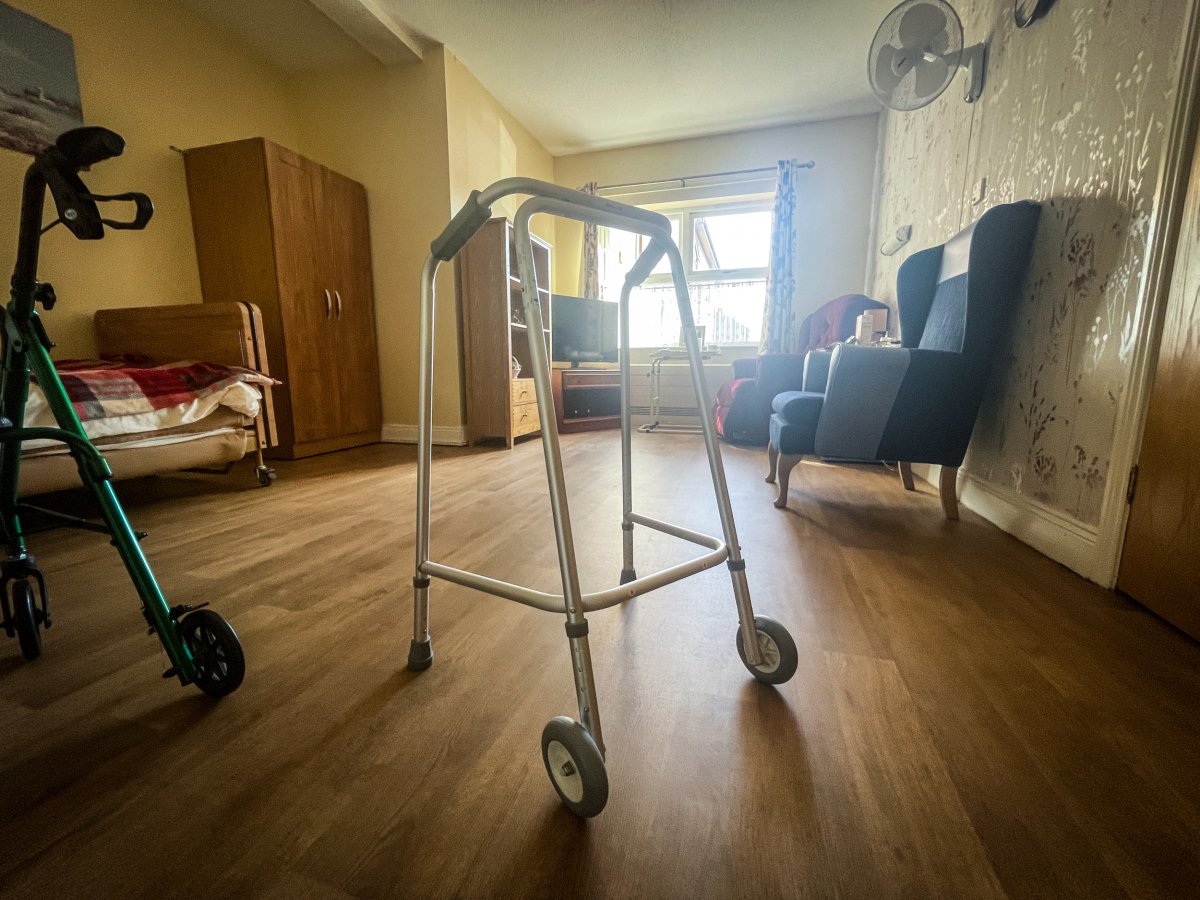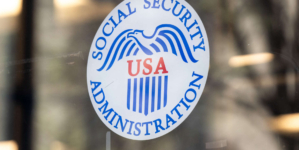-
Multiple suspects arrested after allegedly drugging and sexually abusing kids in underground bunker - 9 mins ago
-
BetMGM Bonus Code NW150: Get $150 3M Open, MLB, WNBA Bonus - 10 mins ago
-
Germany vs. Spain UEFA Women's Euro 2025 Highlights | FOX Soccer - 20 mins ago
-
California man accused of hurling blocks at federal agents arrested - 26 mins ago
-
Social Security Issues Update on Changes Impacting Recipients - 49 mins ago
-
Megan Moroney shares summer photos in blue bikini on Instagram - 51 mins ago
-
12-year-old girl reportedly chased alleged burglar into soybean field before his arrest - 54 mins ago
-
Dolphins’ Tua Tagovailoa on Trusting Tyreek Hill: ‘It’s a Work in Progress’ - about 1 hour ago
-
Top L.A. federal prosecutor struggles to secure protester indictments - about 1 hour ago
-
Justice Elena Kagan warns Supreme Court just “all but overturned” 90-year precedent - 2 hours ago
Map Shows States Where Seniors Are Most Likely To Outlive Their Savings
While retirement used to be a relatively short period of time after one’s career ended, higher life expectancies mean many Americans may outlive their retirement savings.
However, a new report from Seniorly showed that a person’s likelihood of living past their savings could vary dramatically based on where they live. Seniors in 41 states and Washington, D.C., were projected to outlive their savings and face an average shortfall of $115,000.
Why It Matters
With Social Security payments covering 30 percent of a retiree’s living expenses on average, the study found that many seniors would need to rely on their own retirement savings.
While careful planning can allot a good nest egg during a retiree’s golden years, running out of money could push substantial numbers of seniors back into the workforce and elevate senior poverty rates nationwide.
About one in three adults aged 65 and older are living below the poverty level, according to ConsumerAffairs.
What To Know
Seniors in almost all states are set to live past their retirement savings, but for how long and by how much depends on where they live, according to Seniorly.
New York was the worst state for seniors outliving their savings, with an average shortfall of $448,000 between costs and income from investments, retirement savings and Social Security benefits.
Individually, New Yorkers would need $1.12 million to cover living expenses over 19.4 years of expected retirement without depleting their savings.
Not far behind were Hawaii and Washington, D.C, while Alaska and California rounded out the worst five. All four states and D.C. had a gap of $337,000 or more.
“States like Hawaii, California, and New York simply cost more to live in across the board, so it’s no surprise that retirees in those places are more likely to run out of savings,” Kevin Thompson, the CEO of 9i Capital Group and the founder of the 9innings podcast, told Newsweek.
The top five states where retirees were least likely to live past their retirement savings were Washington, Utah, Montana, Colorado and Iowa.
However, life expectancy played a major role. States with lower expectancies naturally ranked better for the likelihood that seniors could make their retirement savings stretch.

Matt Cardy/Getty Images
What People Are Saying
Kevin Thompson, the CEO of 9i Capital Group and the founder of the 9innings podcast, told Newsweek: “Costs for retirees are increasing faster than inflation, especially in areas like housing, health care, and food. In the states with higher shortfalls, more of a retiree’s money is going toward basic living expenses. That could reflect not just higher costs, but also the strain that places on a retiree’s quality of life.”
Alex Beene, a financial literacy instructor for the University of Tennessee at Martin, told Newsweek: “On both coasts, states like New York and California have retirees that, thanks to higher average earnings, can have more savings. Unfortunately, that also is linked to higher expenses, and the result is many retirees facing significant shortfalls in retirement.”
Drew Powers, the founder of Illinois-based Powers Financial Group, told Newsweek: “These results are shocking. With 41 states plus D.C. showing a projected shortfall, it is clear this has little to do with your state of residence, but instead has everything to do with your state of preparedness. Americans are simply not prepared to fund their retirements.”
What Happens Next
More than half of Gen Xers and 40 percent of baby boomers already expect to outlive their savings, according to a survey from Northwestern Mutual.
Long term, these trends could boost even more migration to lower cost of living states for retirees, Beene said.
“Lists like these are one of the primary reasons why migration to the Midwest and southeastern United States has been so strong in recent years,” Beene said. “As more baby boomers enter retirement, they quickly realize states in those regions of the country can extend their dollars far more in their golden years.”
Source link































